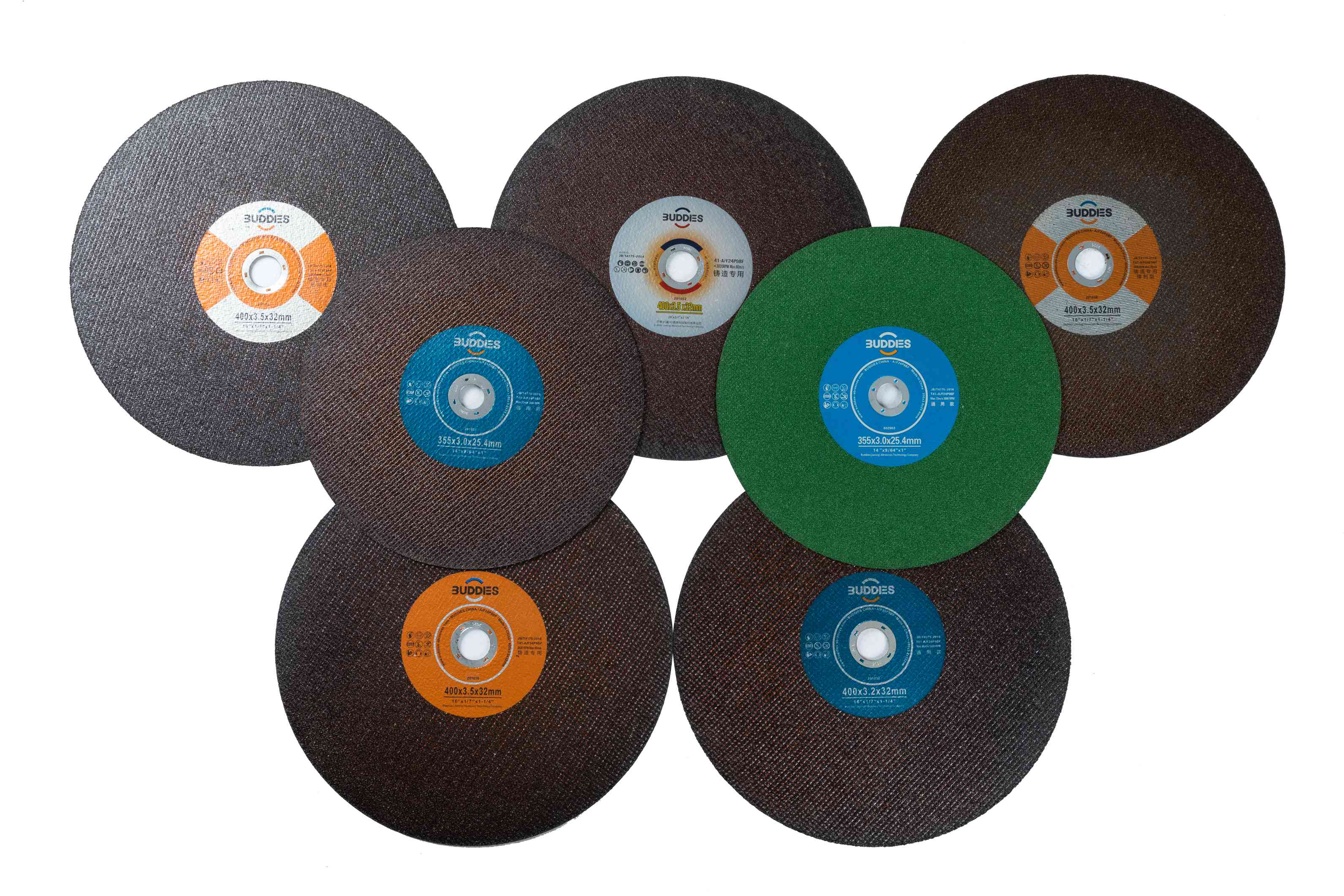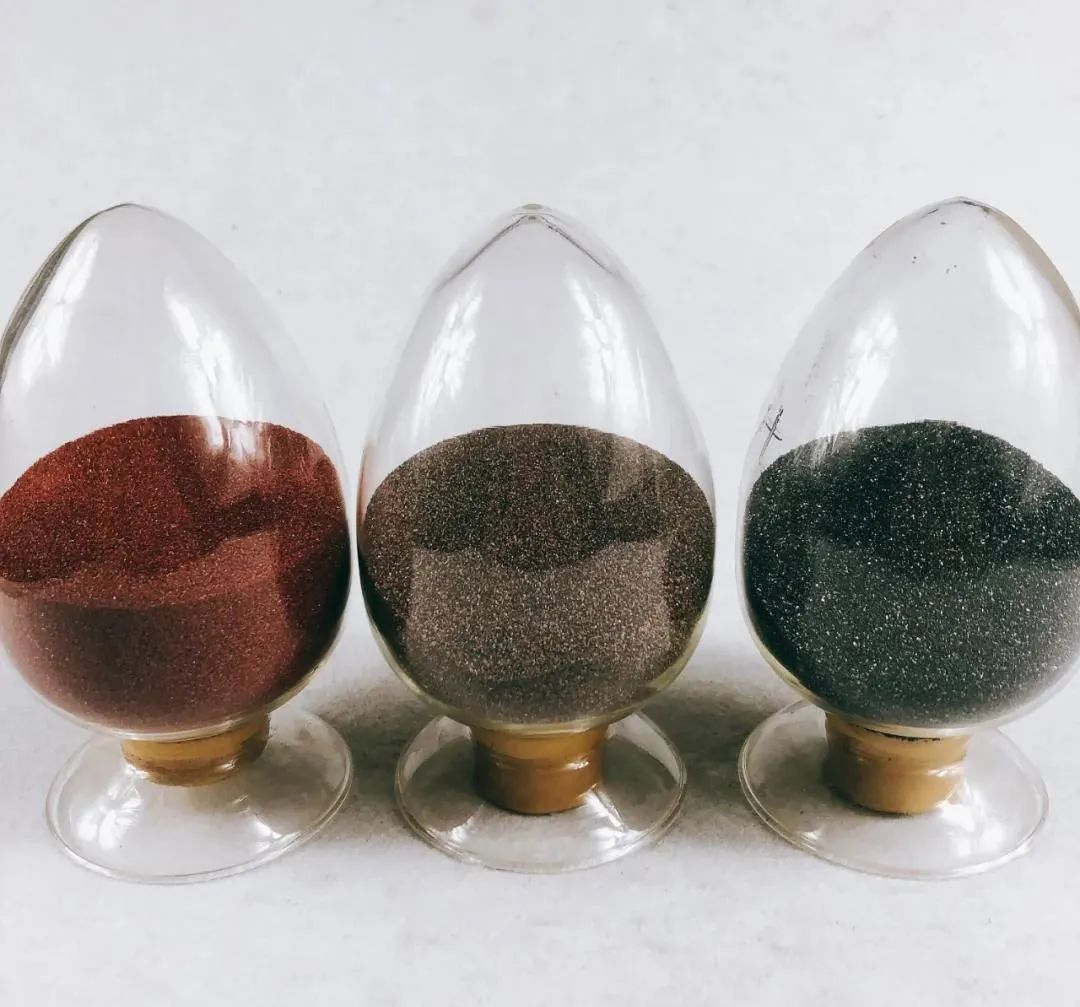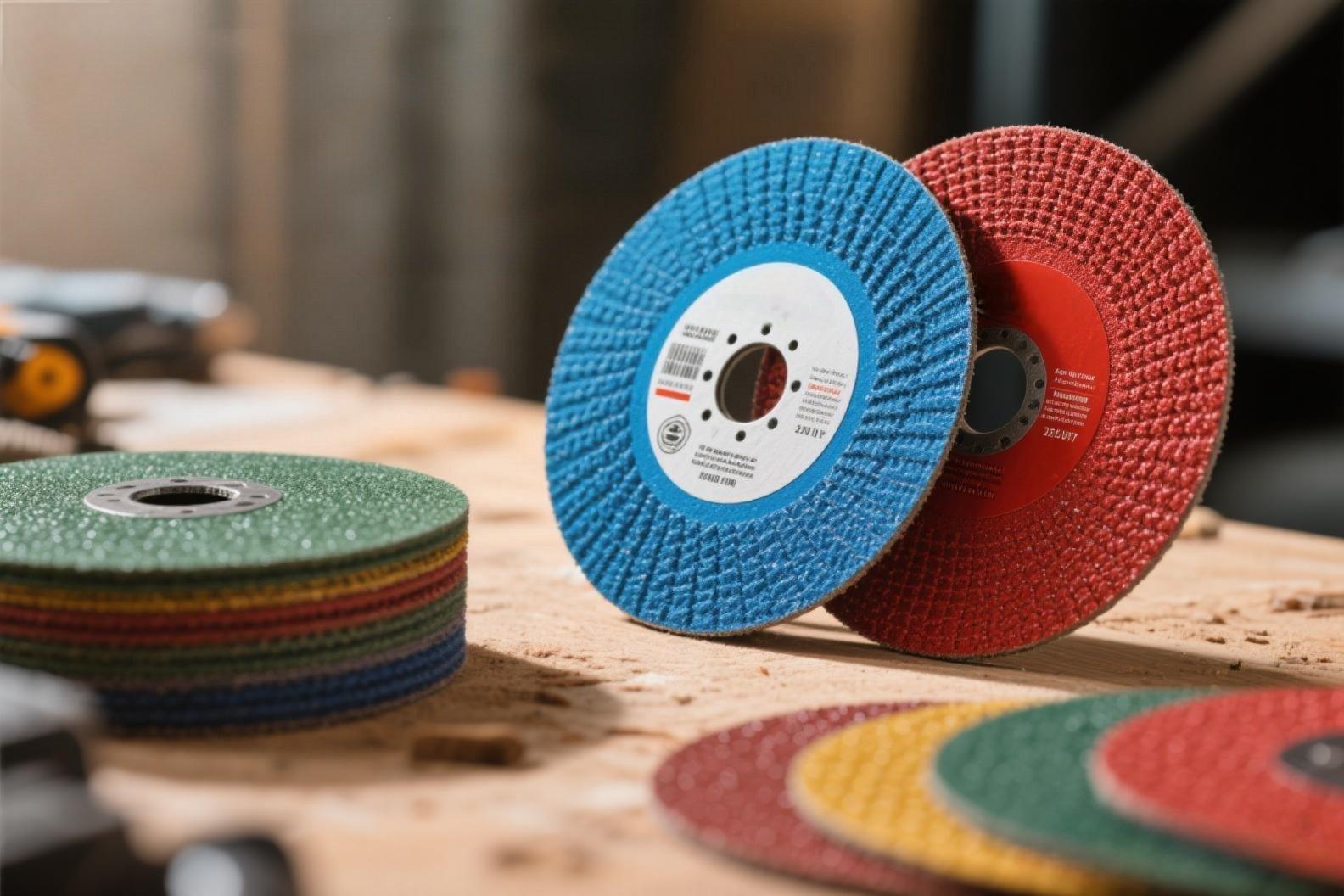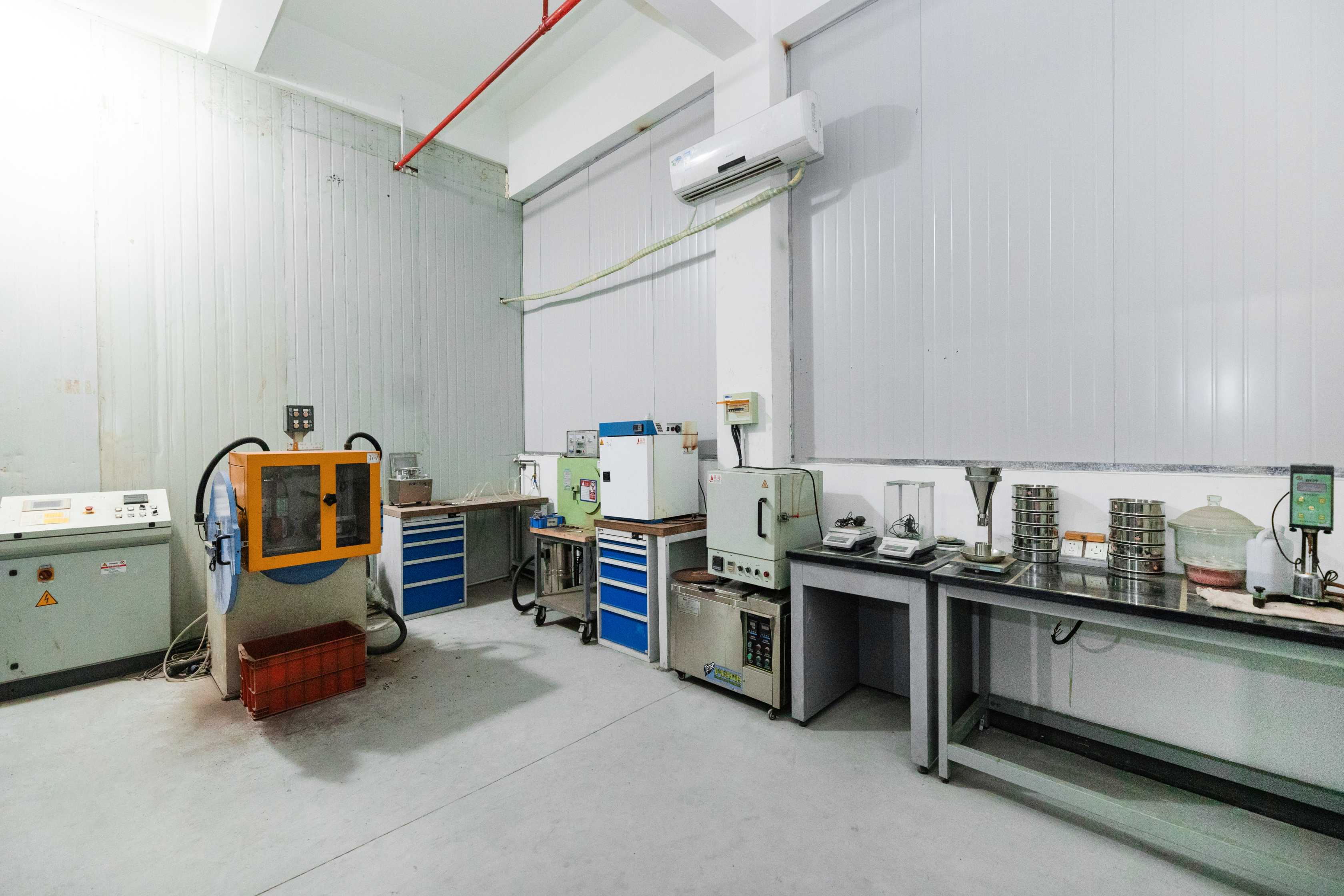Why are there so many colors of cutting discs?
Cutting discs, essential tools in industrial production and daily processing, have a wide variety of colors ranging from metallic gray to vibrant tones such as red, yellow, green, blue and even multicolored compound designs, which are fascinating in sight. This diversity does not respond solely to aesthetic purposes, but reflects deep considerations on processes, functionality and market demands. This article explores the reasons behind the variety of colors of the cutting discs from four perspectives: materials, functional differentiation, market demand and production processes, revealing the scientific and practical logic that underlies them.

1. The properties of the materials determine the color base
The color of the cutting discs is intimately linked to the materials used in its manufacture. These discs are usually composed of abrasive (such as aluminum oxide, silicon carbide or circumfus corindon), binders (resins, ceramics or metals) and reinforcement materials (such as fiberglass). The chemical composition and physical properties of abrasives and binders directly influence the color of the disc. For example, aluminum oxide abrasives tend to present brown or reddish tones, while silicon carbide are usually green or black. The choice of the binder also modifies the color: resin binders usually give dark or brown green tones, while ceramics can generate light or white gray tones.
In addition, coloring or pigments added during the manufacturing process affect the final color of the disc. These pigments are used to improve visual identification or meet brand customization needs. For example, some manufacturers incorporate specific pigments to create a single color identification according to the use or level of disk performance. This variation based on materials and processes establishes the bases for the diversity of colors on the cutting discs.

2. Visual identification for functional differentiation
Another key reason for the diversity of colors on cutting discs is the need for functional differentiation. In industrial production, cutting discs are used to process various materials such as metals, ceramics, stones and wood, each with specific characteristics of hardness, tenacity and chemical properties that require discs with particular properties. To facilitate rapid identification, manufacturers use colors to distinguish discs according to their purpose. For example, green discs are usually allocated to the stainless steel cut, since they contain suitable silicon carbide abrasives for high hardness metals; Red or brown discs, on the other hand, are commonly used for common steel, given that their main component is aluminum oxide, cheaper.
Also, the grain size (roughness) of the disc is also distinguished by colors. For example, a fine grain disk can be designed in light tones, while one of coarse grain can be dark tones. This colored coding system not only optimizes work efficiency, but also reduces the risk of operational errors, especially in high intensity industrial environments and accelerated rhythm, where the intuitivity of color identification is crucial.

3. Market demand and brand strategy
Market competition and brand strategies are important driving forces for colors diversification on cutting discs. In the global tool market, the main brands use unique color designs to increase the recognition of their products. For example, a recognized brand can focus on blue discs to highlight its high wear and capacity resistance and precise cutting capacity, while another can opt for red to emphasize its economy and versatility. This chromatic differentiation not only facilitates the choice of consumers, but also visually reinforces the brand image.
In addition, the personalized needs of consumers encourage colors diversification. With the rise of the culture of "do it yourself" (DIY), more and more individual users acquire cutting discs for household decoration projects or manual works. These users prefer products with bright colors and novel designs that meet aesthetic or collection needs. Some manufacturers even launch limited editions of colored discs to meet customization demands in specific markets, further enriching the chromatic variety.

4. Technological production and innovation process
Advances in production processes also make possible the diversification of colors on cutting discs. Modern manufacturing technologies allow manufacturers to adjust the color of the discs without compromising their performance. For example, by improving the formulation of resin binders, various types of pigments can be incorporated without affecting discs resistance. In addition, the application of laser marking technologies and surface coatings allows to add multicolored patterns or degraded effects in the final production stages, increasing visual attraction.
It is remarkable that some high -end cut discs use composite materials or coating technologies, such as the application of titanium or nitruro on the surface to improve wear resistance and high temperatures. These coatings provide a metallic brightness or unique colors, such as gold or purple, combining functionality and aesthetics. This chromatic innovation promoted by technology not only improves product performance, but also satisfies market demand for high -value added products.

Summary
In conclusion, the diversity of colors on the cutting discs is due to the combined influence of material properties, functional differentiation, market demand and production processes. The choice of materials and binders establishes the basis of color, the need for functional differentiation optimizes efficiency through colored coding, market competition and brand strategies encourage diversification of chromatic design, and advances in production technology provide support for colors innovation. These factors converge to make cutting discs not only efficient industrial tools, but also products that combine practicality and aesthetics.
In the future, with the constant appearance of new materials and processes, the colors of the cutting discs could become even more varied, and even incorporate intelligent elements, such as indicating the degree of wear or working state through color changes. In any case, the chromatic diversity of cutting discs will continue to show their unique charm at the intersection between market functionality and demand.

 英语
英语 西班牙语
西班牙语 中文简体
中文简体
